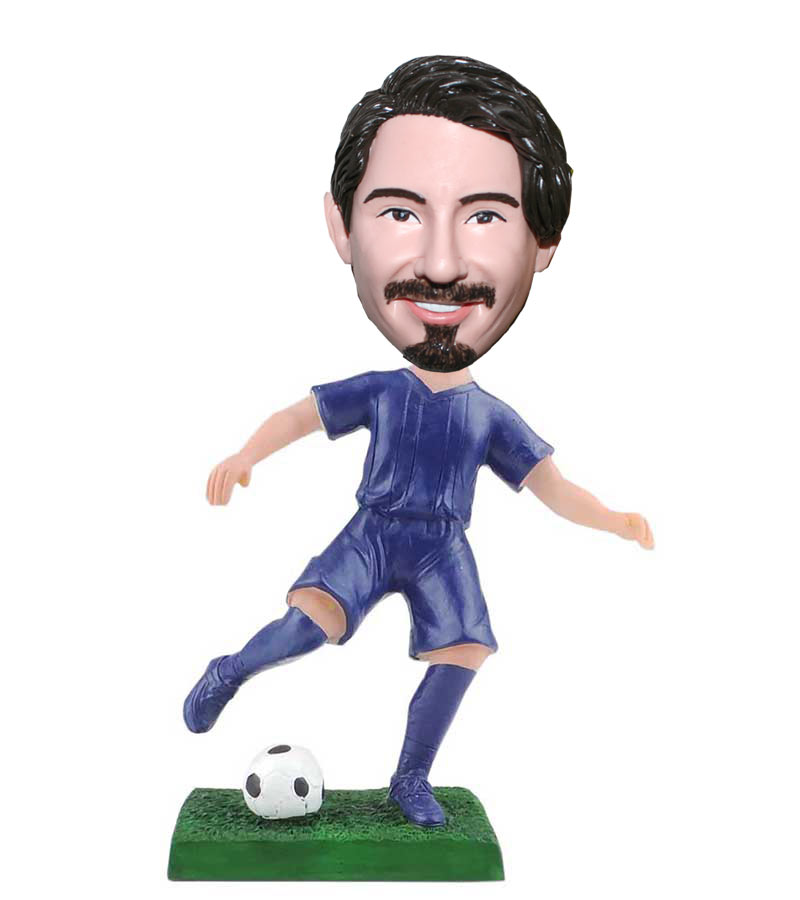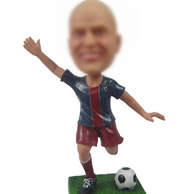
Although older bobbleheads such as the baseball teams and the Beatles were sought after by collectors during this period, new bobblehead dolls were uncommon. The next increase in popularity was in the late 1990s. One of the most famous bobbleheads of all time also hails from this era: the Beatles bobblehead set, which is a valuable collectible today. Within a few years, they would be produced for other sports, as well as cartoon characters. Over the next decade bobbleheads were also made of ceramic.
#CARTOON BOBBLE HEAD SOCCER PLAYER SERIES#
The World Series held that year brought the first player-specific baseball bobbleheads, for Roberto Clemente, Mickey Mantle, Roger Maris, and Willie Mays, still all with the same face. īy 1960, Major League Baseball (MLB) produced a series of papier-mâché Bobblehead dolls, one for each team, all with the same cherubic face, and a few select players over time. By the 1950s, bobbleheads had a substantial surge in popularity, with items made of either plastic or bisque porcelain. Many of the bobbleheads in the US were produced in Germany, with an increase in imports during the 1920s and 1930s. During the nineteenth century, bisque porcelain bobbleheads were being made in limited quantities for the US market.

The earliest known Western reference to a bobblehead is thought to be in Nikolai Gogol's 1842 short story " The Overcoat", in which the main character's neck was described as being "like the necks of plaster cats which wag their heads".

German Wackeldackel, English bobblehead dachshund, Dutch waggel(y) teckelĭuring the seventeenth century, figurines of Buddha and other religious figures called "temple nodders" were produced in Asia.


 0 kommentar(er)
0 kommentar(er)
